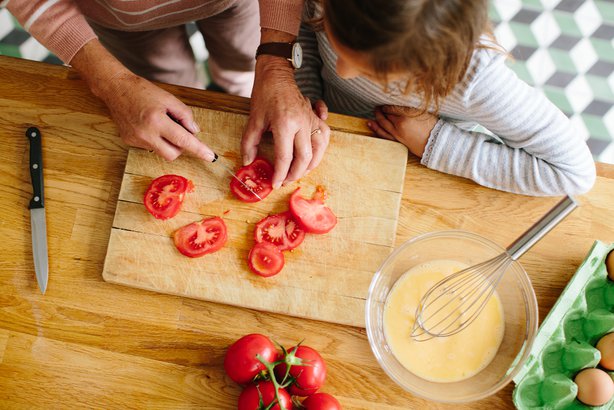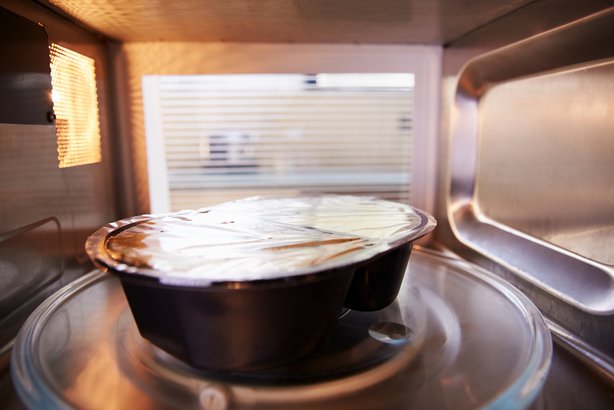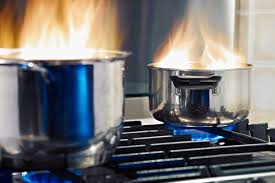
6 Scary Cooking Hazards You Need to be Aware Of
Posted by Editor on May 30th, 2019 in Food | 0 commentsFor many of us, cooking is a fun past time activity. It can be a bonding session with your beau or with the entire family. However, there are quite a lot of safety risks when it comes to preparing food. Fortunately, by simply identifying these hidden hazards, you can avoid them to ensure that your kitchen is a safe and healthy place for all your culinary activities.

1. Storing Food in Plastic Containers
Reusable plastic containers are convenient for storing food and cutting down on waste, but they can contain harmful chemicals that may leach into your food. BPA, which is known to be a hormone disruptor, is quite common in food containers made of plastic. Since you don’t want any harmful chemicals on your food, opt for glass containers or at least buy food storages that says BPA-free on the label.
2. Cross Contamination
Washing your hands properly and more frequently can’t be stressed enough, especially when handling raw food like meat, fish and poultry. Similarly, sponges and countertops can also be sources of contamination. Use paper towels along with soap and hot water for easy disposal every time you need to clean up surfaces.

3. Thawing on the countertop
Thawing your frozen meat on the kitchen countertop may be a convenient way to warm up the food. However, doing it on your countertop exposes the food’s outer layer to temperatures where bacteria can thrive while the center of the food is still frozen. Always thaw your food inside the fridge or soak it in warm water for safe thawing.
4. Tasting Raw Batter
Unless you’re baking vegan food, licking the bowl or spoon of the batter can pose a health risk. Raw eggs in your batter mixture may contain salmonella, which can cause serious illnesses. If you must taste the batter, do so before adding in the eggs.
5. Shattering Glass Bakeware
Glass dishes are versatile—can be used for storage, baking, and are dishwasher- and microwave-safe. They just do it all for you! Perhaps, their only weakness is going from one extreme temperature to another. This means taking out a hot dish from the oven and placing it straight to a cold countertop may cause the dish to crack and shatter.

6. Microwaving Wrong Items
Most of us know that anything metal, including aluminum foil, shouldn’t be microwave, but other items like plastic can melt as well—even if it says ‘microwavable.’ Heating plastic can break down, causing its particles to seep into the food, which can be toxic when ingested. Stick to glassware at all times if you need to heat or cook food in the microwave.
Cooking should be fun and any homemade food should be safe for the entire family to eat. Ensure your and your family’s safety by preparing your meals the best way possible.
